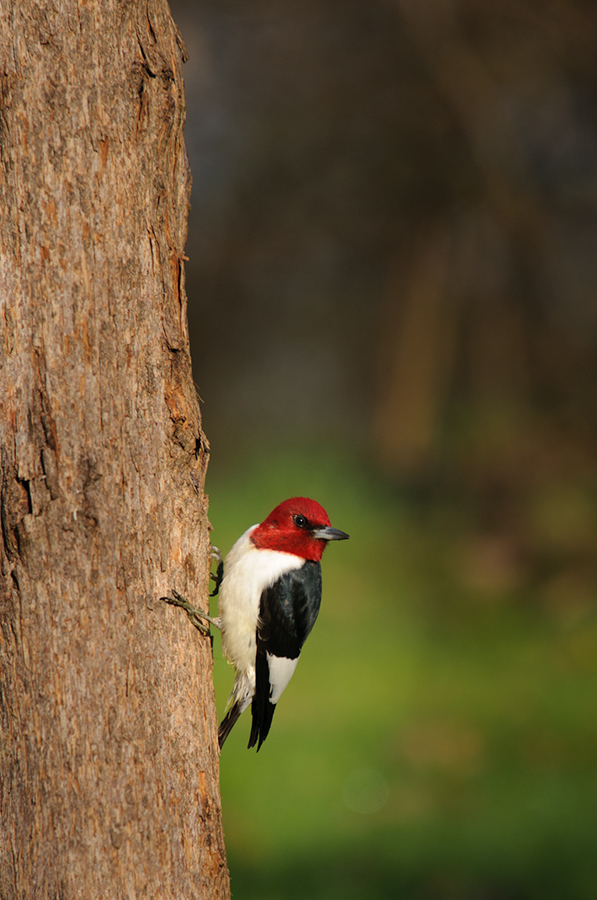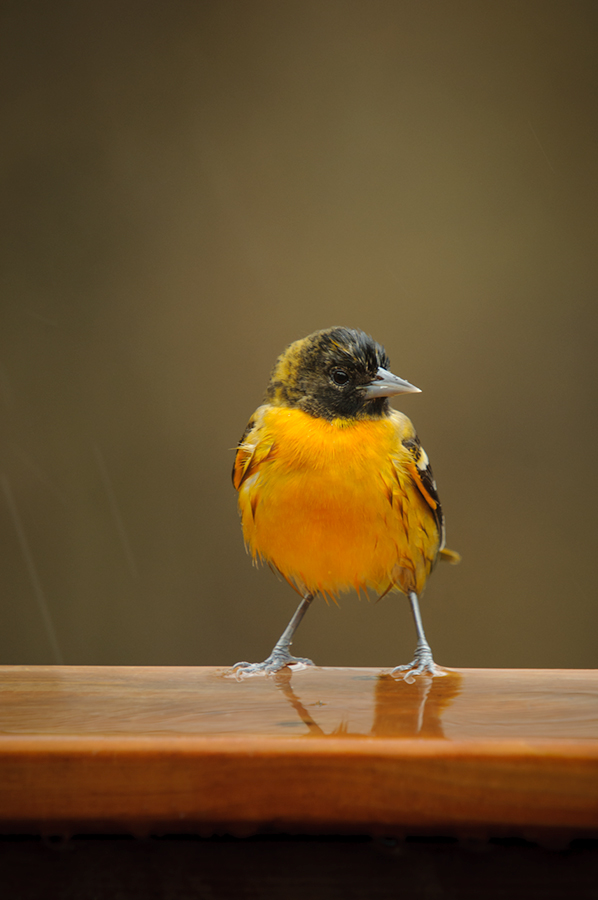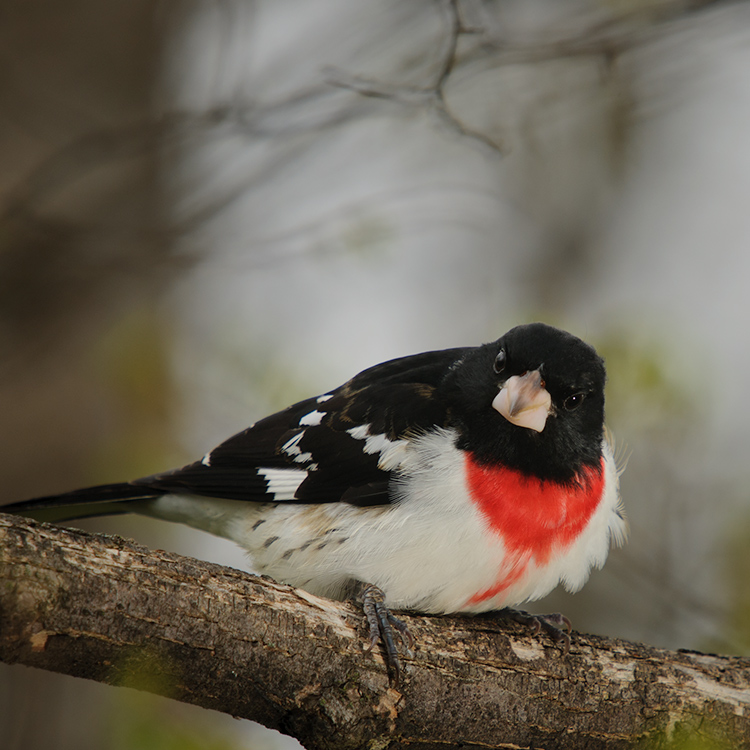This image is not here to win a photo contest but I like to show you another bird that I encountered for the first time. I can't keep up posting all the new stuff I saw recently and this was already nine days ago at the Mississippi River. The Brown Thrasher can be found in the Eastern and Central part of the Unites States during the summer. However, I have never seen one before. I had just looked for the young Great Horned Owl (see my older posts about the owlet) high up in the tree when I saw the thrasher landing on a branch near the ground. I immediately recognized that this was a bird I wasn't familiar with and so I just handhold the lens quickly and fired a couple shots at least for later identification. It turned out I had a good day and both images were not as unsharp as I thought they would be. Not tack-sharp but still good enough to share with you another first bird sighting. I hope you enjoy!















